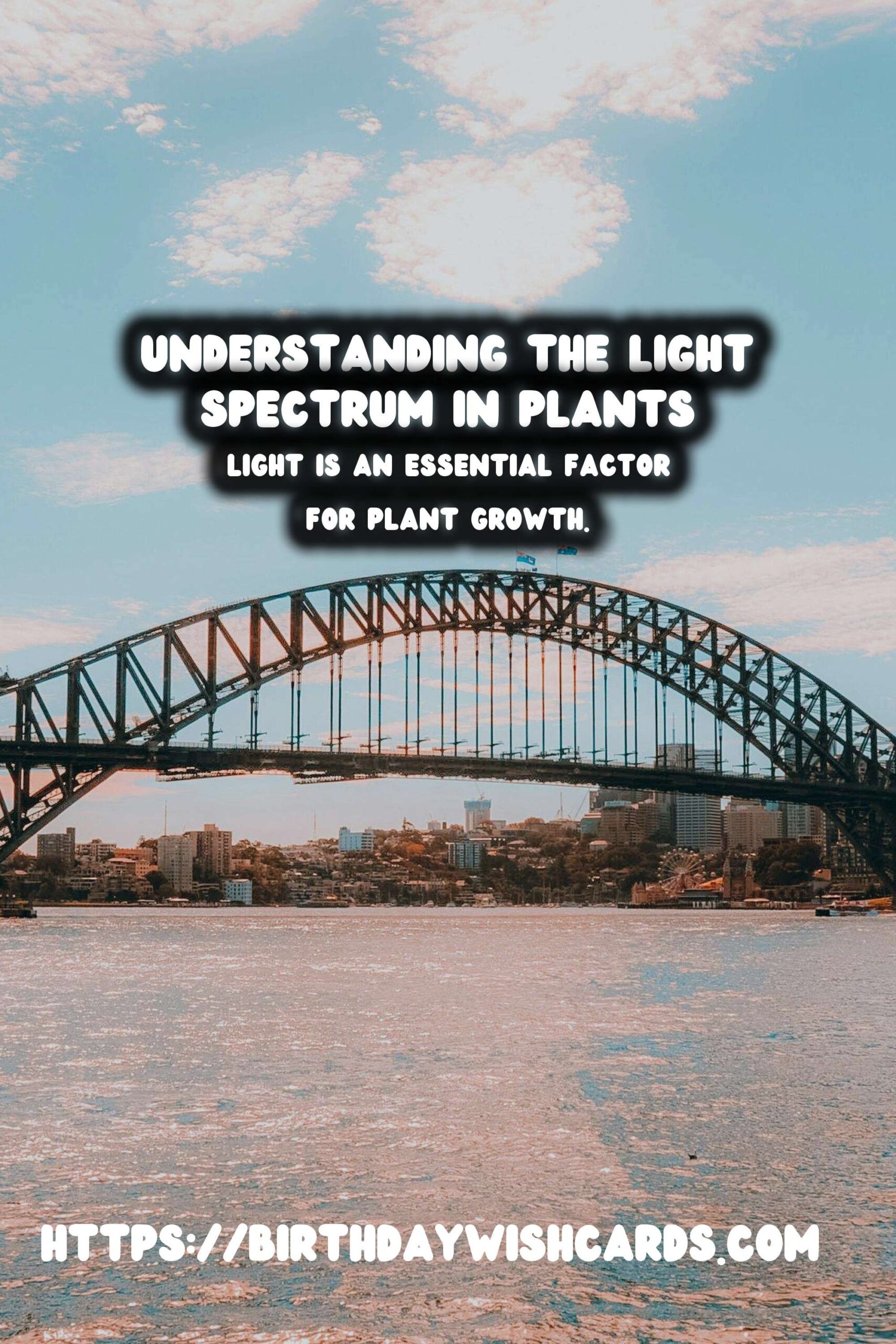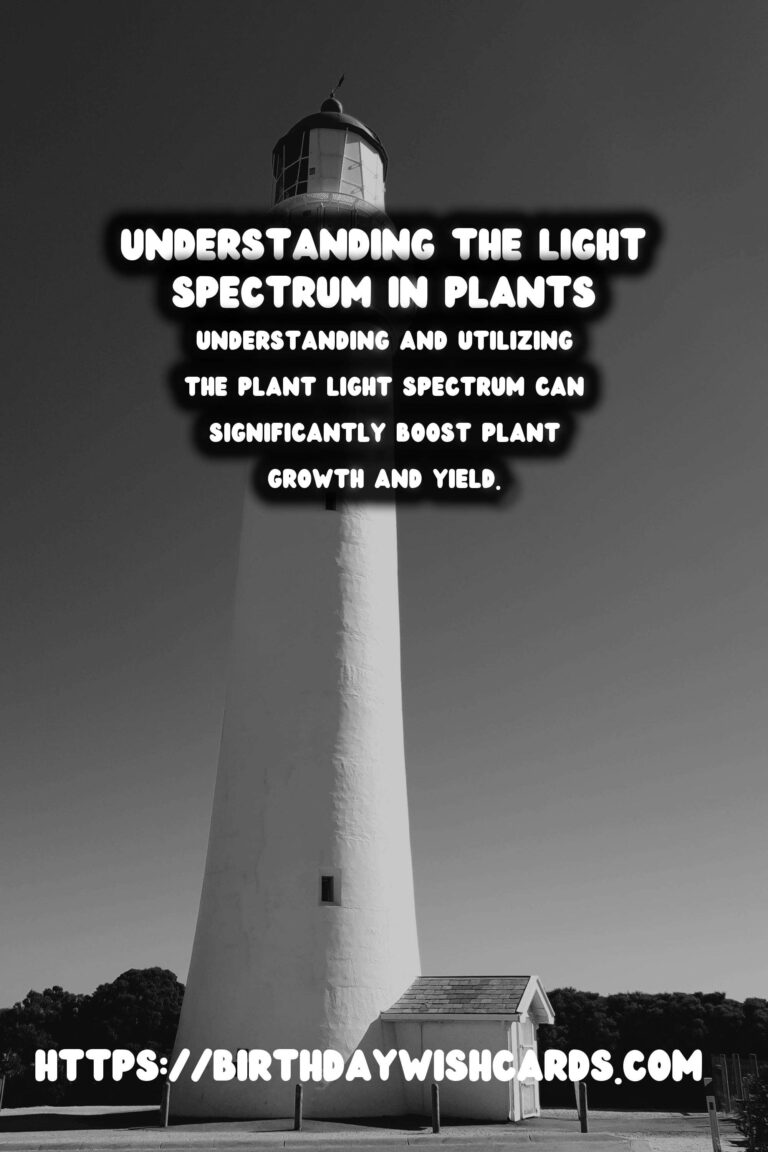
Light is an essential factor for plant growth. It drives photosynthesis, which is the process through which plants convert light energy, water, and carbon dioxide into oxygen and glucose. Understanding the plant light spectrum allows you to optimize growth conditions in both natural and artificial environments. In this comprehensive guide, you will learn about the different aspects of the light spectrum and how they affect plant growth.
The Importance of Light for Plants
Photosynthesis is the primary reason plants need light. The process enables plants to produce the food they need to grow. The light spectrum comprises various wavelengths, each affecting a different aspect of plant development.
Components of the Light Spectrum
The light spectrum refers to the range of wavelengths of light emitted by the sun or artificial sources. This spectrum includes ultraviolet (UV), visible light, and infrared (IR).
Ultraviolet Light (UV)
UV light is not visible to the human eye and is divided into three types: UV-A, UV-B, and UV-C. Plants are generally exposed to UV-A and UV-B as UV-C is filtered out by the Earth’s atmosphere. These wavelengths play a role in the synthesis of certain plant compounds and can increase the plants’ resistance to pests and diseases.
Visible Light
This is the range of light that humans can see and is essential for photosynthesis. Visible light comprises wavelengths of different colors, each affecting plants uniquely.
- Blue Light (450–495 nm): Vital for vegetative growth and regulation of plant development.
- Green Light (495–570 nm): Mainly contributes to the overall light energy that is absorbed by plants, though less efficiently than red or blue light.
- Red Light (620–750 nm): Crucial for flowering and fruiting, it significantly affects the plant’s entire life cycle.
Infrared Light (IR)
Though not directly involved in photosynthesis, IR light can influence plant processes and conditions such as temperature.
Why Understanding the Light Spectrum is Vital
Optimizing light conditions helps enhance plant growth, yield, and overall health.
How to Manipulate Light Spectrum for Plant Growth
Using LED Grow Lights
LED grow lights allow you to tailor the light spectrum according to the specific needs of your plants.
Light Filters
Filters can modify sunlight entering a greenhouse, providing optimal conditions for plant growth.
Conclusion
Understanding and utilizing the plant light spectrum can significantly boost plant growth and yield. Whether you choose natural sunlight or artificial lighting, recognizing the role of different light wavelengths is key to effective gardening and farming.
Light is an essential factor for plant growth. Understanding and utilizing the plant light spectrum can significantly boost plant growth and yield.
#PlantLightSpectrum #Gardening

